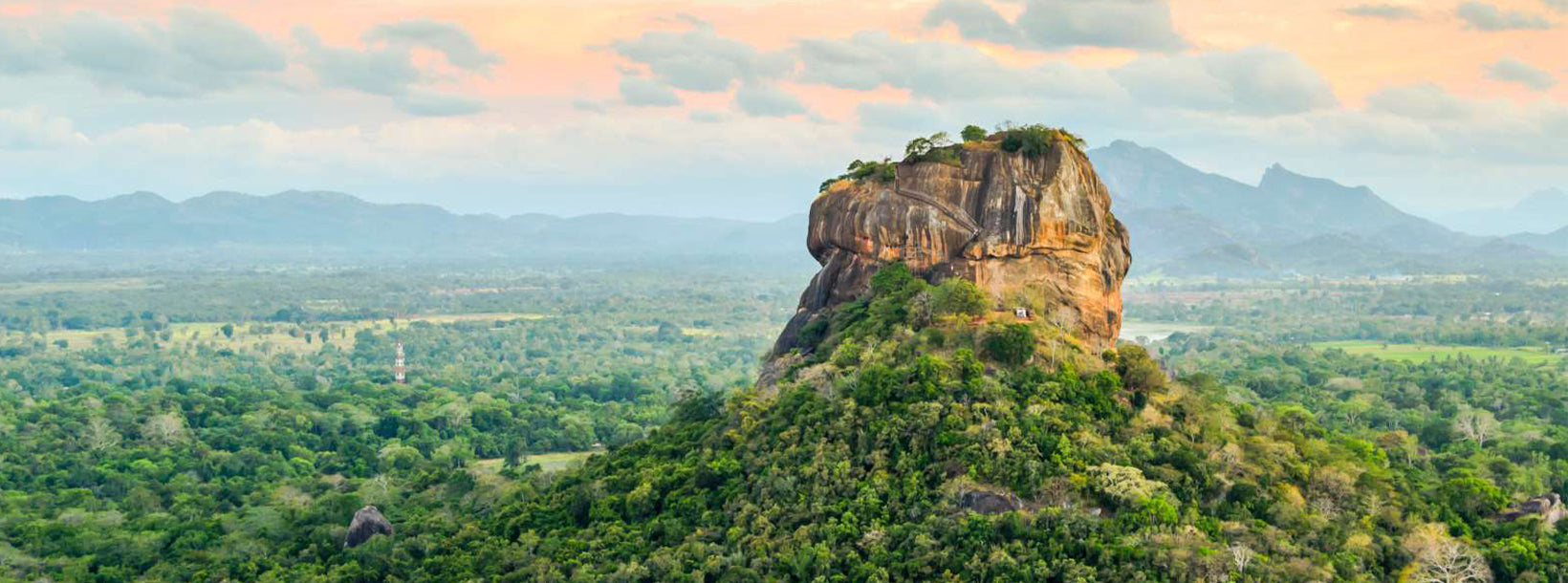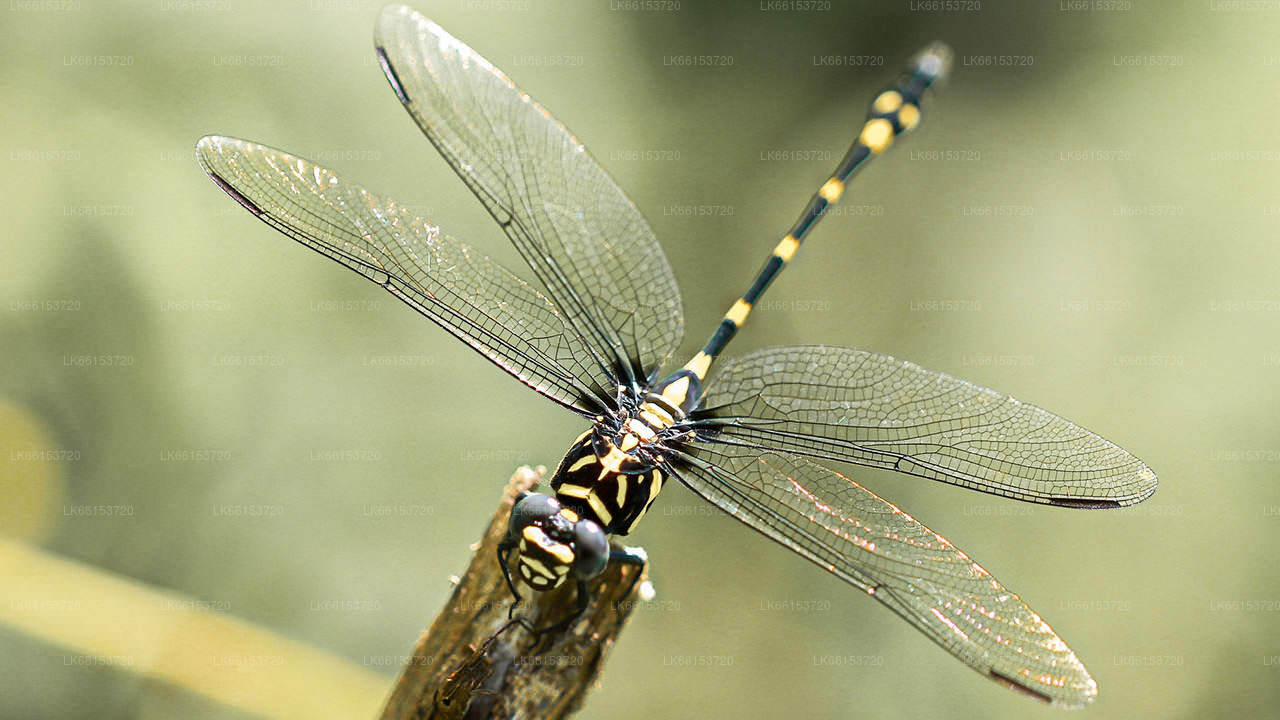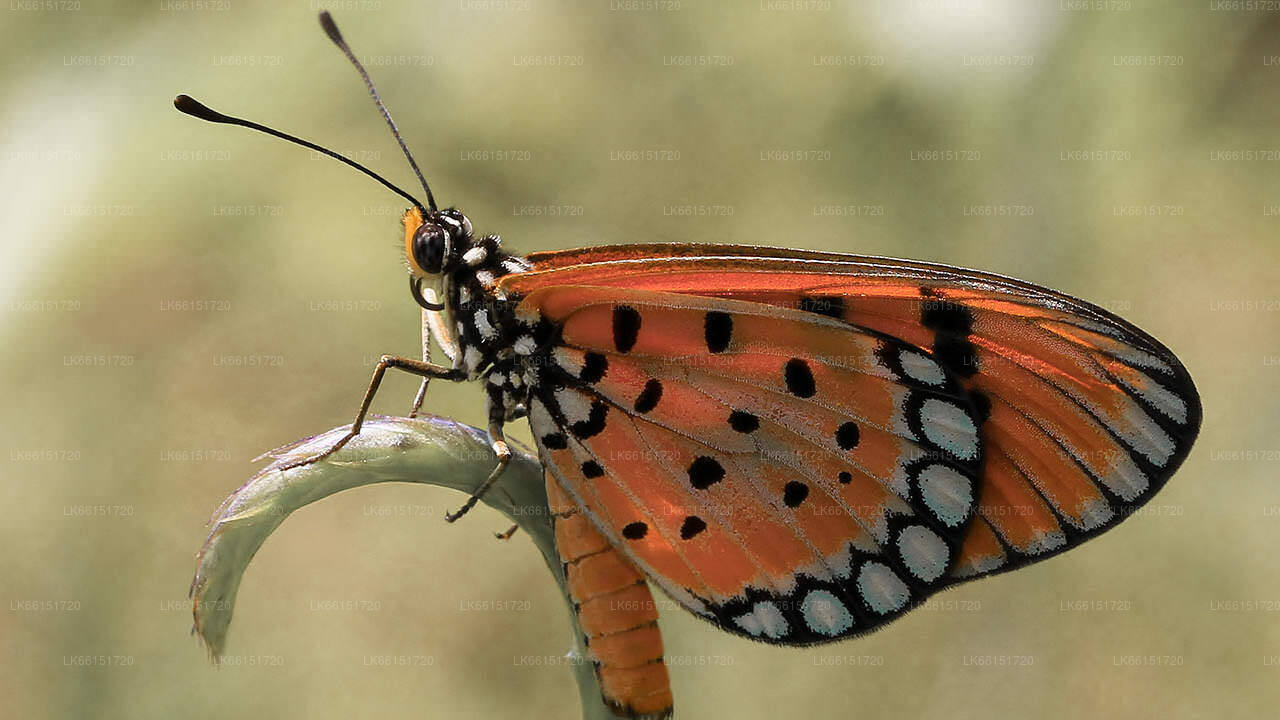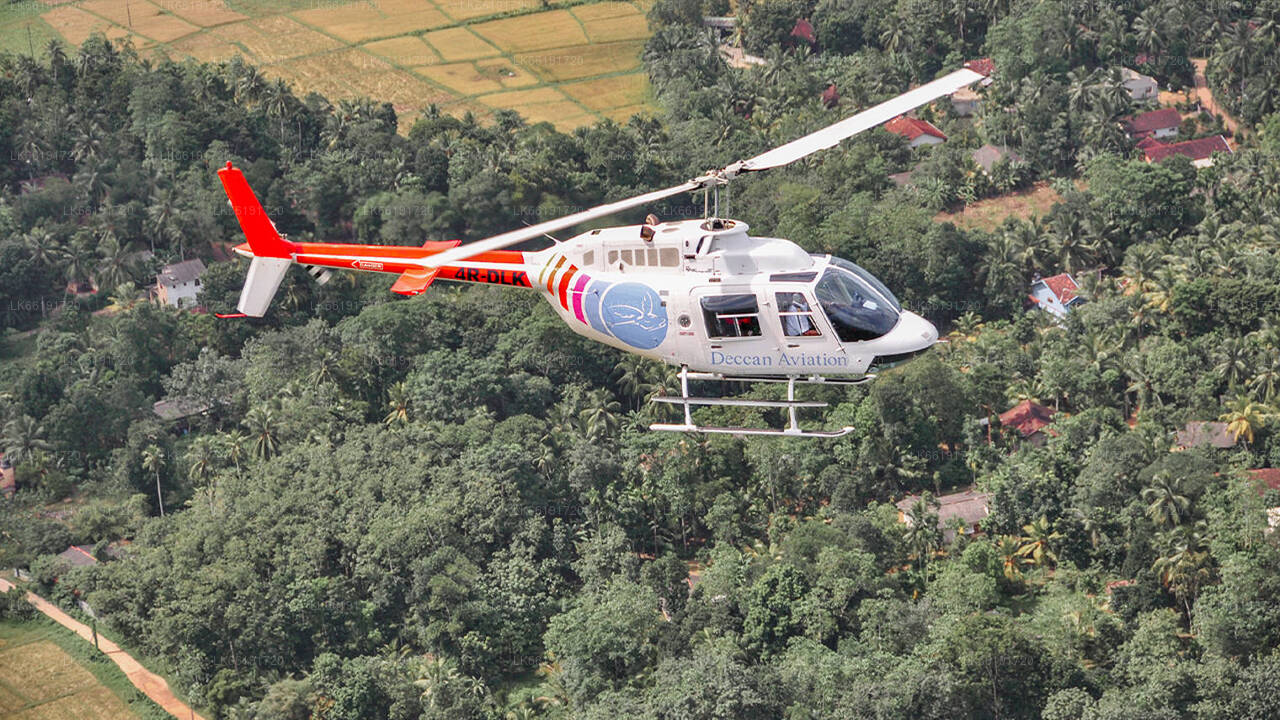
Город Сигирия
Сигирия, объект Всемирного наследия ЮНЕСКО на Шри-Ланке, — древняя скальная крепость и дворец с потрясающими фресками и обширными садами. Величественно возвышаясь над равниной, она служит свидетельством богатой истории и архитектурного мастерства острова. Откройте для себя чарующую красоту и культурное значение Сигирии.
Sigiriya Frescoes
The Sigiriya Frescoes were painted on the western surface of Sigiriya Rock, located in central Sri Lanka. Painted thirteen hundred years ago, they were the highlight of a massive palace complex built in 480AD by King Kasyapa. Today only a few paintings survive, in a small pocket half-way up the rock, about 100 meters above ground.
Protected in this small, sheltered depression a hundred meters above ground, they float effortlessly among the clouds. Some say they are celestial nymphs carrying flowers to shower upon kings and mortals below. Others suggest that they are queens and concubines of Kasyapa’s harem.
The ladies of the frescoes have been the subject of speculation for nearly one thousand six hundred years. They, in turn, have remained silent, smiling enigmatically, their secret intact for over 1,600 years. The names of the ladies and the artists who painted them are lost to history. Their legacy has survived for over half a million days, a testament to the genius of their creators and the king who commissioned them.
Who are the women in the Sigiriya Frescoes?
The rich adornments, sophisticated clothing, lifelike appearance, vibrant use of color, and the true rendition of facial and anatomical characteristics support the view that the artist drew his inspiration from the ladies of King Kasyapa’s court — his harem. The most telling validation of this view is that they all wear a delicate three-circled tattoo around their necks
The prominent but unobtrusive display of this tattoo, worn with pride, was meant to clearly identify these ladies as belonging to the king. They were ladies of the king’s harem, dressed in their finest. They were to be admired but not touched. For this reason, they were depicted in true form, voluptuous and desirable, but shorn of any earthly sexuality. They were not intended to be titillating. Depicted as supernatural beings they are portrayed with flowers to shower upon humans below. They were intended to evoke a sense of wonderment and to project the opulence and grandeur of Kasyapa the all-powerful god-king.
О Центральной провинции
Центральная провинция Шри-Ланки в основном состоит из горной местности. Площадь провинции составляет 5674 км², а население — 2421148 человек. Некоторые крупные города включают Канди, Гампола (24730), Нувара-Элия и Бандаравела. Население представляет собой смесь сингалов, тамилов и мавров. Как горная столица Канди, так и город Нувара-Элия расположены в Центральной провинции, как и Шри-Пада. Провинция производит большую часть знаменитого цейлонского чая, посаженного британцами в 1860-х годах после того, как опустошительная болезнь уничтожила все кофейные плантации в провинции. Центральная провинция привлекает множество туристов горными городами, такими как Канди, Гампола, Хаттон и Нувара-Элия. Храм Зуба Будды или Далада Малигава является главным священным местом в провинции Сентрал. Климат прохладный, и во многих районах на высоте около 1500 метров часто бывают прохладные ночи. Западные склоны очень влажные, местами выпадает почти 7000 мм осадков в год. Восточные склоны относятся к зоне средней сухости, поскольку дожди здесь приносят только северо-восточные муссоны. Температура воздуха колеблется от 24 °C в Канди до всего лишь 16 °C в Нувара-Элии, расположенной на высоте 1889 м над уровнем моря. Самые высокие горы Шри-Ланки находятся в Центральной провинции. Рельеф преимущественно гористый, с глубокими долинами. Два основных горных региона — Центральный массив и хребет Наклс к востоку от Канди.
























